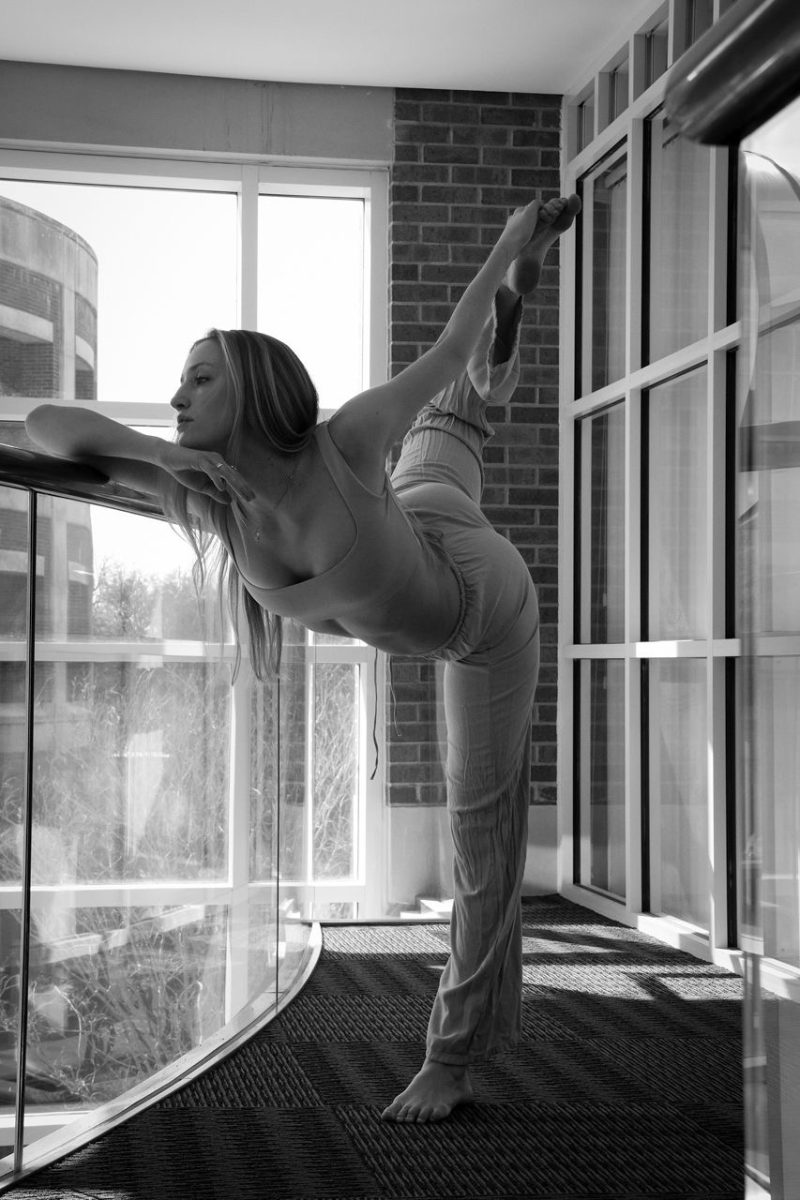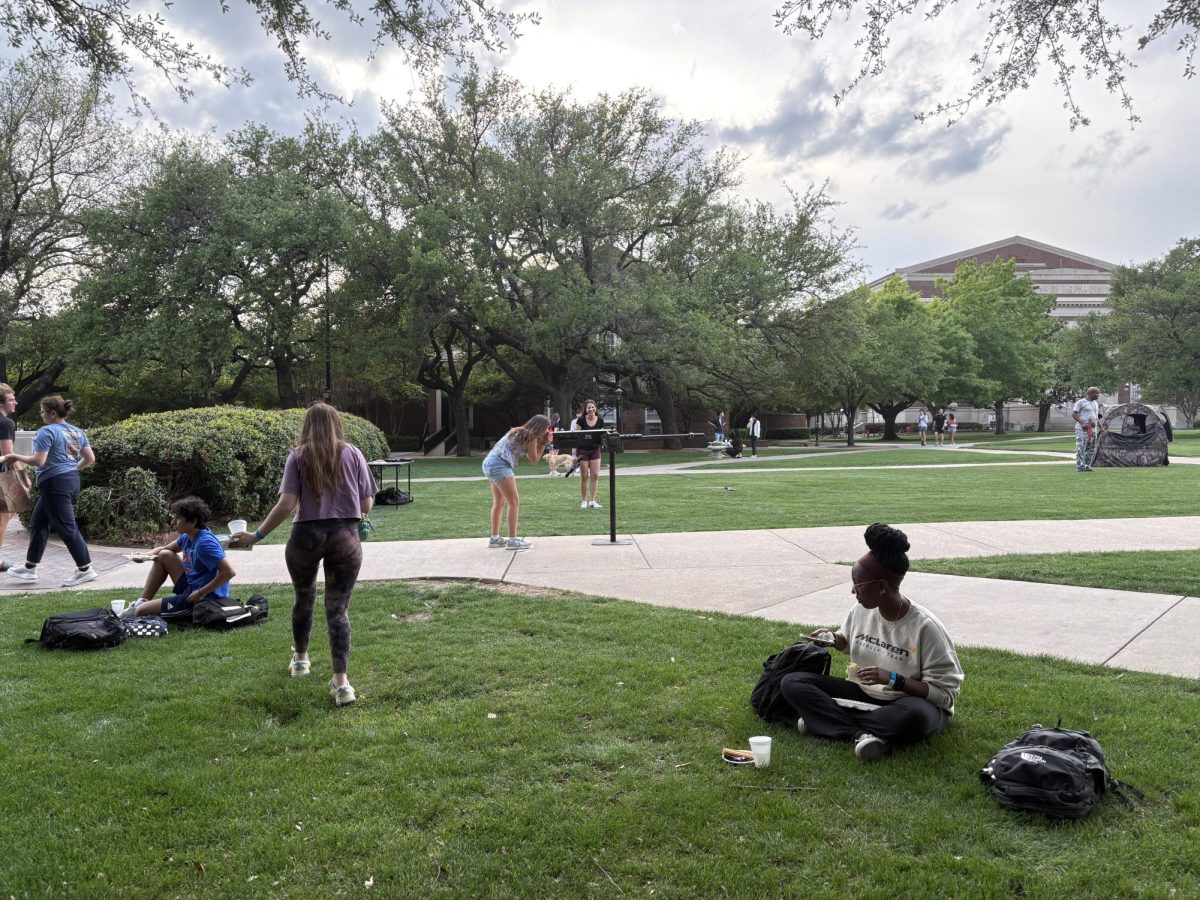Halloween weekend is here! Thoughts of costumes and party plans have taken over the campus, and the excitement is tenable.
Yet, in the Opinion section of The Wall Street Journal, Rob Moll presents a sobering challenge: “The holiday [Halloween] is a rare opportunity in the religious calendar to reflect on death.”
When I first saw this, I immediately continued past it, unwilling to diminish my excitement for the weekend with such thoughts.
Yet, I couldn’t supress the curiosity that the subhead had provoked. I returned to the OpEd, wondering how Halloween might provide such a profound opportunity. It seemed to me that parties in costume and walking house to house for treats was not quite the most appropriate setting to contemplate the mysteries of life, or in this case, death.
Moll, however, speaks boldly against a “culture with deep fears of death and dying, [where] even many of the faithful would rather avoid talking about the grave.” Despite being a foundational tenet of religious theologies, concepts of death are now “unwelcome” conversation topics. This, he claims, is in stark contrast with the 18th and 19th century conceptions of death as “happy” and “beautiful.”
As I began to consider my own conceptions of death, I prepared for my class, titled “Mourning, Mystery, and Majesty in the Middle Ages,” held weekly at the Dallas Museum of Art. Precisely today (Oct. 28), we were ironically scheduled to discuss death in the Middle Ages.
The Mourners exhibition in the museum displays a procession of religious persons and citizens gathered to celebrate the “sumptuous death” of John the Fearless, a Burgundian duke. The forty beautiful and mystifying alabaster figures express overwhelming grief and pain with a depth that is moving. The honest emotion and uniqueness of each little statue presents an accurate depiction of the most sincere and basic elements of humanity.
Such a genuine expression of emotion, especially in response to death, is rare. The feminine connotation of admitting fear or pain has dissuaded the guileless admittance of either, even in the face of death.
While Moll cites death as a truly graceful and awesome moment in life, accompanied by “loved ones… present as comforters and witnesses,” his suggestion to take advantage of Halloween as more than another superficial and commercialized holiday is based on the contrasting image of “hospital patients hooked up to machines for months or years, so bruised and broken that some family members can’t bear to watch.”
I must admit that while it does create a less-than-jolly mood, spending a moment, or even a few moments, pondering the meaning of death may be well worth the time. Death is an inevitable part of life. And while it seems that we plan for every other stage, this one is often approached without previous consideration. To embrace this final step or paramount transition as a celebration, the paradigm of today must be challenged. So after you trick-or-treat, after the parties have ended, after the costume is stored away for another year, consider why it is that we celebrate this holiday with such joy.
Adriana Martinez is a political science, public policy, French and history major. Adriana can be reached for comments or questions at adrianam@smu.edu.








